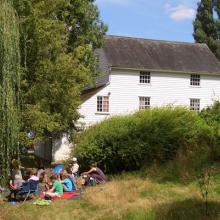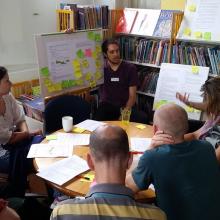Through grassroots activism
When it comes to local issues, it's local people that feel it most and it's those same people who know what would make the situation better. A well organised grassroots campaign that is committed to driving change from the bottom-up is a seriously powerful thing. But there's no denying it, grassroots community led housing projects can be challenging and require dedication and individuals with a knack for getting key players on board.






